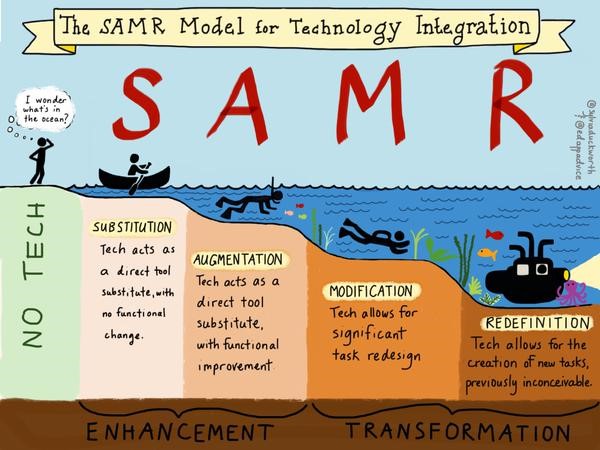Surface in Classrooms: A Distinction in Enabling Transformative Education
 This article first appeared in the Microsoft Asia News Center. You can read the original publishing in full here.
This article first appeared in the Microsoft Asia News Center. You can read the original publishing in full here.
New Zealand-based St Andrew’s College has been transforming its classrooms with the help of the Microsoft Surface.
The school first introduced Surface Pro 3 back in 2014 after the school management received feedback from the teachers to pilot tablet devices to help them develop more innovative ways of teaching. Numerous other hybrid devices were tested, and it was the Pen that sealed the deal for Surface.
The ability to write naturally on Surface was a definite draw. Teachers and students could interact and collaborate by simply inking on screen. It has also become much easier for teachers to provide comments and counsel on their students’ work by scribbling directly on their assignments. This has fostered an open environment that incites more robust discussions within the classroom.
Today, St Andrew’s College is just one of the many schools globally and in Asia adopting new ways of learning with the help of technology.
Transforming Classrooms with Technology
As the education industry undergoes a seismic shift led by the “mobile generation”, it has become increasingly crucial for educators and educational institutions to infuse technology into their pedagogy to ensure students are as engaged and excited about learning as they are browsing the latest Instagram Stories on their phones
Substitution Augmentation Modification Redefinition (SAMR) is a model designed to help educators to infuse technology into teaching and learning so that students can benefit from transformed learning experiences and obtain better levels of achievements. However, for many educators today, technology is only being used as a “substitution”, rather than a “redefinition” of tasks.
For example, in an art class, teachers may replace a physical canvas with a drawing app on a PC, but that does not create new areas of interaction with technology. Redefinition occurs when the task is set for students to collaborate virtually and in real-time on an art piece on a device that supports both keyboard and digital ink inputs.
